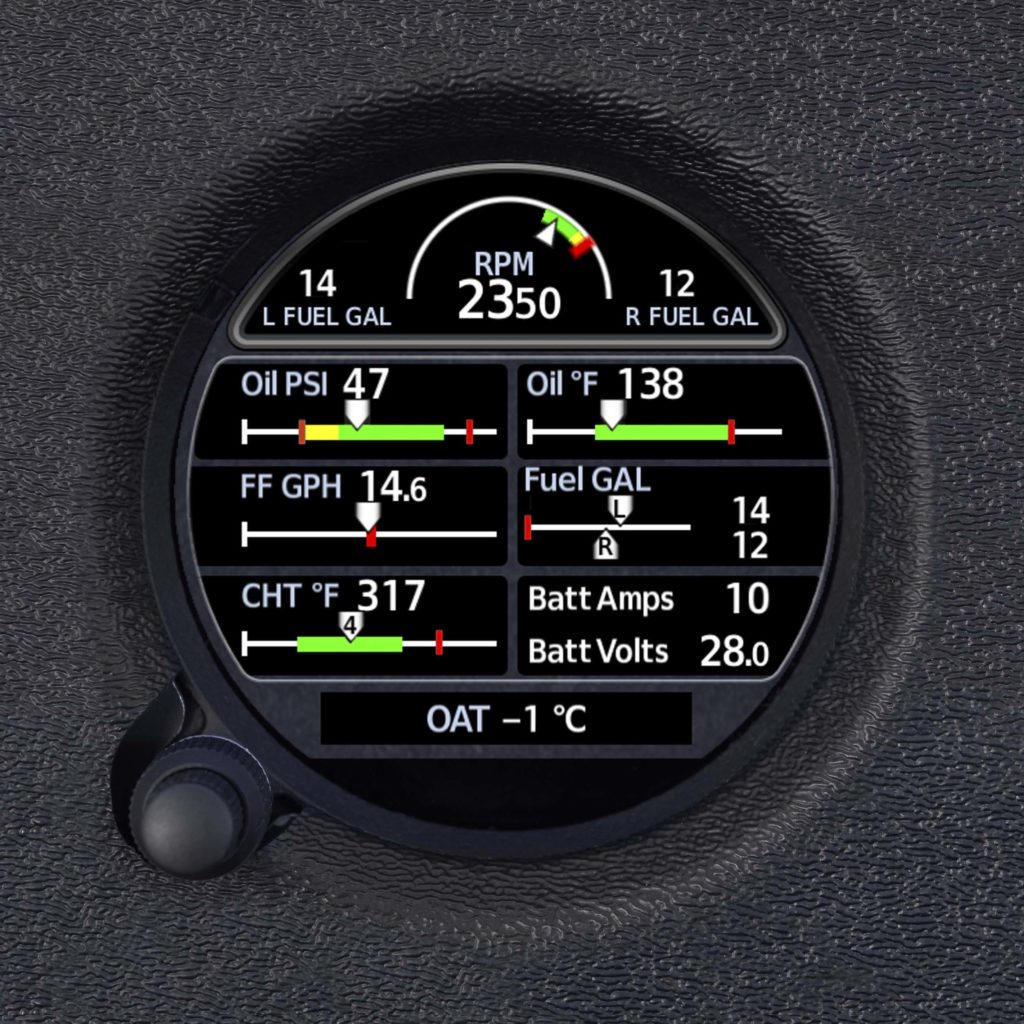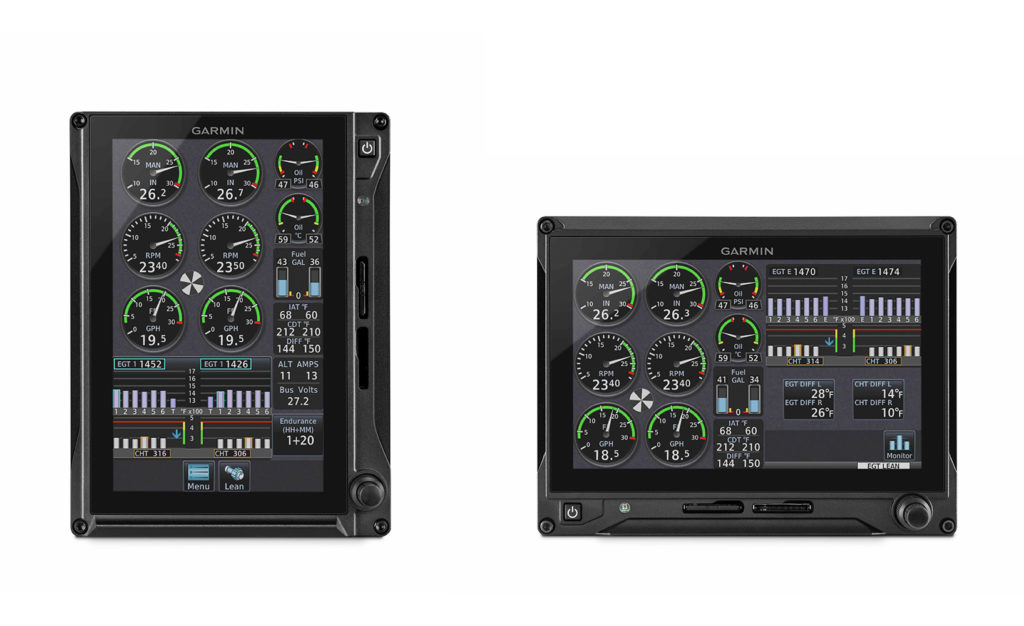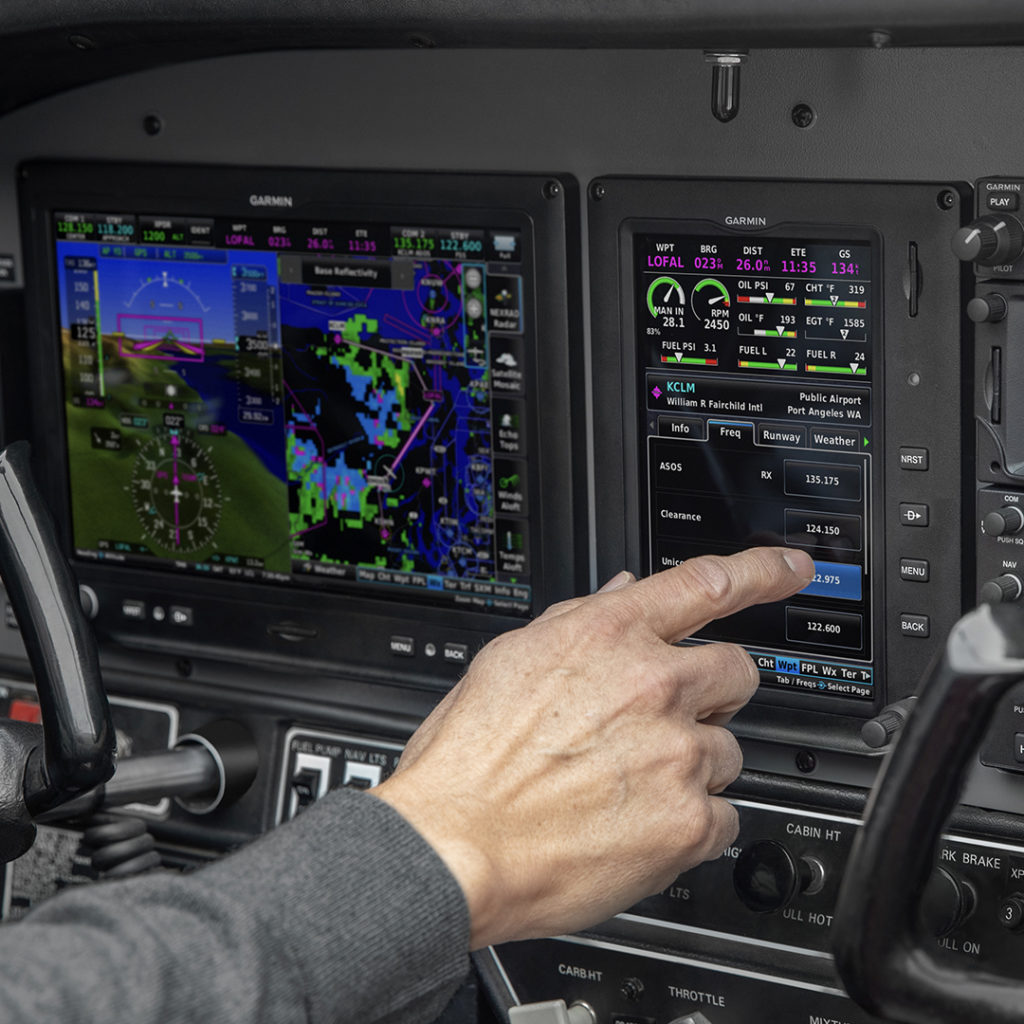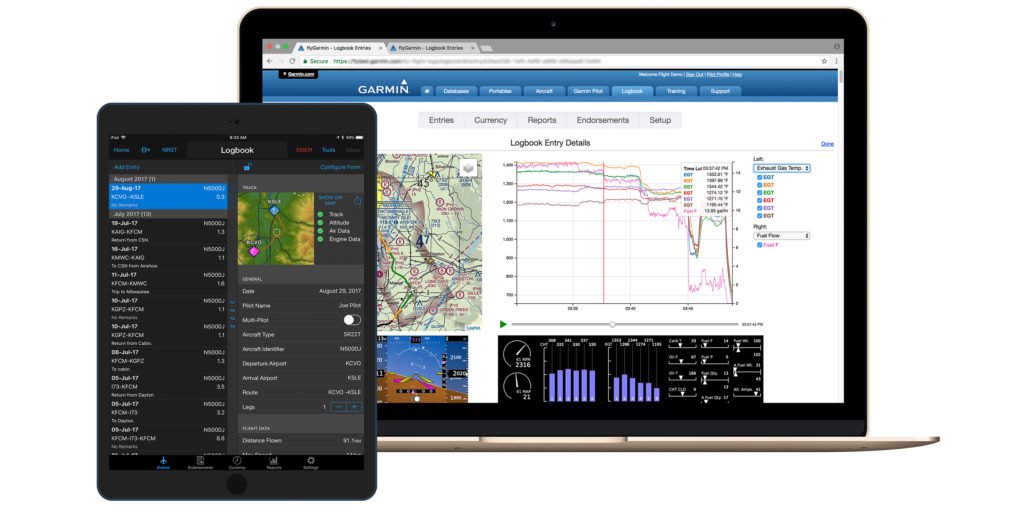More Effectively Manage Engines, Fuel with Garmin Engine Indication System
The benefits of digital engine indication systems (EIS) go far beyond replacing an aging system in your aircraft. These modern, reliable solutions can offer significant improvements over older, maintenance-prone analog instruments. They also can present crucial engine and fuel information with enhanced precision. Streamlined displays with intuitive user interfaces can help reduce pilot workload, improve engine and fuel management, and add overall confidence in the cockpit. Our broad range of EIS solutions were designed with these principles in mind. From our compact GI 275 EIS to our larger format EIS TXi and G3X Touch , we have an EIS solution for nearly every aircraft type and operator budget.
, we have an EIS solution for nearly every aircraft type and operator budget.
GI 275 EIS: Convenient size, powerful capabilities
Don’t be fooled by the size of our GI 275 EIS. Designed to fit a standard 3-1/8” instrument cutout, this stand-alone touchscreen solution provides engine, fuel, electrical information and more in a convenient, cost-effective package. Plus, with minimal or no panel modifications required for installation, GI 275 proves ideal for aircraft owners looking to keep the classic look of their panel. It graphically displays cylinder head and exhaust gas temperatures, features lean assist mode, and monitors fuel quantity and fuel flow to estimate how much fuel, range and flight time remains.

EIS TXi: Larger display, broader aircraft applicability
Looking for more display real estate to monitor engines and fuel? Our dedicated EIS TXi presents the same essential engine, fuel and electrical information as the GI 275 EIS but with a few more features on a larger touchscreen format – available in 7” landscape or 7” portrait options. It’s available for most normally aspirated or turbocharged Lycoming/Continental 4- to 6-cylinder singles and twins, as well as select single engine turboprop aircraft.

For turboprop operators, EIS TXi can display dynamic gauge range markings for torque, prop RPM, Ng percent, interstage turbine temperature and more. Automatic, color-coded data bands based on the aircraft’s current condition will illuminate, with automatic timers and exceedance warnings prompting visual cues to flash, highlighting each out-of-limit parameter.
Integrate EIS with PFD, MFD on G500/G600 TXi, G3X Touch
Some pilots prefer a panel layout with more integration and fewer displays. Our G500/G600 TXi and G3X Touch flight displays can combine EIS information with PFD and MFD capabilities in several sizes and configurations, providing an “all-in-one” flight display solution.
For panel upgrades with space for more than one display, both the TXi and G3X Touch series offer a stand-alone EIS/MFD combination. In this layout, available for single-engine piston aircraft, the EIS indications can be viewed in either an expanded format or a condensed strip on the touchscreen, allowing pilots to view MFD information next to the engine information. The opportunities TXi and G3X Touch offer to integrate allow expanded flexibility and functionality in individual displays.

Customizable exceedance alerting and engine performance data logging
Predefined and pilot-selectable exceedance alerting comes standard with GI 275 EIS, EIS-capable TXi and G3X Touch flight displays. During installation, predefined limits are set for engine temperatures, oil pressure and more. After the install is completed, pilot-selectable alerts can be configured by operators to provide an extra level of protection. These pilot-selectable alerts are intended to signal the pilot before an exceedance is reached. Both predefined and pilot-selectable alerts prompt flashing cues, helping to identify potential out-of-limit exceedances and maintain long-term engine performance and overall health.
These EIS solutions can automatically log engine performance data for post-flight analysis. With the EIS-capable GI 275, data is automatically logged within the instrument, then can be wirelessly transmitted to a compatible mobile device downloaded with the Garmin Pilot app. Our G3X Touch displays log data to an SD
app. Our G3X Touch displays log data to an SD card installed in the display, which can be manually uploaded to flyGarmin.com or wirelessly transmitted to Garmin Pilot. EIS-equipped TXi displays automatically log engine data within the display too, and a Flight Stream 510 (sold separately) can wirelessly transmit EIS data to Garmin Pilot. In fact, engine performance data can be wirelessly transmitted to and displayed on Garmin Pilot in-flight. After landing, and engine data is transmitted to Garmin Pilot, it is automatically uploaded to flyGarmin.com and available for post-flight review. All information in flyGarmin.com is stored securely within our web-based cloud service.
card installed in the display, which can be manually uploaded to flyGarmin.com or wirelessly transmitted to Garmin Pilot. EIS-equipped TXi displays automatically log engine data within the display too, and a Flight Stream 510 (sold separately) can wirelessly transmit EIS data to Garmin Pilot. In fact, engine performance data can be wirelessly transmitted to and displayed on Garmin Pilot in-flight. After landing, and engine data is transmitted to Garmin Pilot, it is automatically uploaded to flyGarmin.com and available for post-flight review. All information in flyGarmin.com is stored securely within our web-based cloud service.

To learn more about all of our EIS solutions and latest avionics, visit Garmin.com/aviation.
The post More Effectively Manage Engines, Fuel with Garmin Engine Indication System appeared first on Garmin Blog.
https://www.garmin.com/en-US/blog/aviation/more-effectively-manage-engines-fuel-with-garmin-engine-indication-system/
